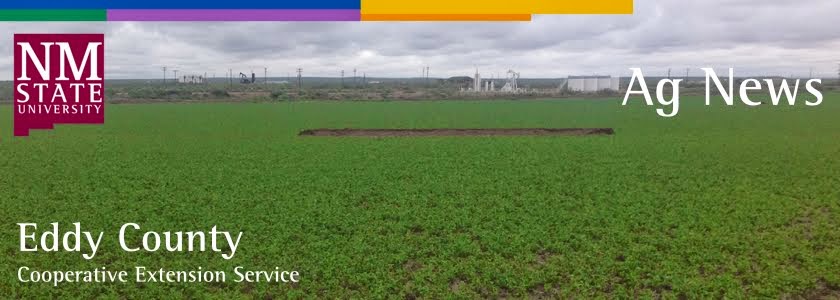Release No. 0170.18
Contact:
Jay Fletcher (202) 690-0498
Weldon Freeman (202) 690-1384
USDA Launches Webpage Highlighting
Resources to Help Rural Communities Bridge the Broadband e-Connectivity
Infrastructure Gap
WASHINGTON, Aug. 29, 2018 – U.S. Secretary of Agriculture Sonny
Perdue today unveiled a new
webpage
featuring information about the importance of rural e-Connectivity and the
ways the U.S. Department of Agriculture (USDA) is investing to help deploy
high-speed broadband infrastructure in rural America.
“Rural high-speed broadband e-Connectivity is as important for economic
development as rail, roads, bridges and airports – and as vital as the
buildouts of rural telephone networks were decades ago,” Perdue said. “USDA is
committed to being a strong partner with rural leaders in deploying this
essential infrastructure.”
Reliable and affordable high-speed internet e-Connectivity acts as a
catalyst for rural prosperity by enabling efficient, modern communications
between rural American households, farms, ranches, businesses, schools and
health care centers. Yet, according to the Federal Communications Commission,
80 percent of the 24 million Americans who lack broadband access live in rural
areas and on tribal lands.
USDA plays an important role in helping rural communities bridge this
infrastructure gap through program investment, strategic partnerships and best
practice implementation by investing in rural telecommunications
infrastructure. This new website will provide direct access to information on
our decades-long programs that offer more than $700 million per year for modern
broadband e-Connectivity in rural communities. In the coming months, USDA will
almost double these longstanding programs with an additional $600 million to
expand rural broadband infrastructure in unserved rural areas and tribal lands.
As we are working to set up the new pilot program, USDA wants to hear the
thoughts and needs of Americans living and doing business in rural communities.
The new website includes a feedback form for the general public and interested
stakeholders to provide input on the design and requirements of the new pilot
program.
In April 2017, President Donald J. Trump established the Interagency Task
Force on Agriculture and Rural Prosperity to identify legislative, regulatory
and policy changes that could promote agriculture and prosperity in rural
communities. In January 2018, Secretary Perdue presented the Task Force’s
findings to President Trump, which included 31 recommendations to align the
federal government with state, local and tribal governments to take advantage
of opportunities that exist in rural America.
To view the report in its entirety, please view the
Report
to the President of the United States from the Task Force on Agriculture and
Rural Prosperity (PDF, 5.4 MB). In addition, to view the categories of the
recommendations, please view the
Rural
Prosperity infographic (PDF, 190 KB).
USDA Rural Development provides loans and grants to help expand economic
opportunities and create jobs in rural areas. This assistance supports
infrastructure improvements; business development; housing; community services
such as schools, public safety and health care; and high-speed internet access
in rural areas. For more information, visit
www.rd.usda.gov.
